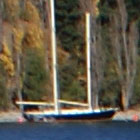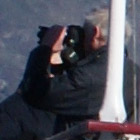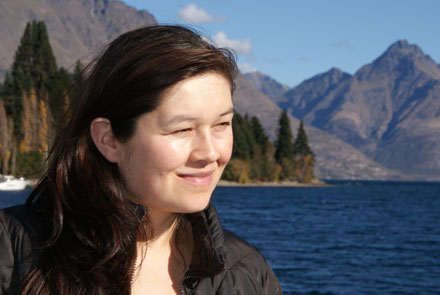Sony Alpha DSLR-A300
-
-
Written by Gordon Laing
Sony Alpha DSLR-A300 Gallery
The following images were taken with a Sony Alpha DSLR-A300 running version 1.0 firmware and fitted with the Sony DT 18-70mm kit lens. Sony has asked us to describe this unit as pre-production, although supplied in retail packaging and running Firmware version 1.0, we’re confident the output is close or even identical to what you’ll get with final production units. We will update this page with samples from a retail A300 when one becomes available.
The A300 was set to Large Fine JPEG quality, Auto White Balance, Multi-segment metering and Standard Colour mode. High ISO NR and the D-Range Optimiser were set to their default On and Standard settings respectively. Super SteadyShot was enabled for all handheld shots here.
The individual exposure mode, file sizes, shutter speeds, aperture, ISO and lens focal length are listed for each image.
The crops are taken from the original files, reproduced at 100% and saved in Adobe Photoshop CS2 as JPEGs with the default Very High quality preset, while the resized images were made in Photoshop CS2 and saved with the default High quality preset. The three crops are typically taken from far left, central and far right portions of each image.
Note: you may wish to open our Sony Alpha DSLR A350 Gallery for a direct comparison of detail and noise.
Landscape: 3.46MB, Program, 1/250, f10, ISO 100, 18-70mm at 18mm (equivalent to 27mm)
Landscape: 6.49MB, Program, 1/125, f10, ISO 100, 18-70mm at 18mm (equivalent to 27mm)
Landscape: 3.69MB, Program, 1/400, f13, ISO 200, 18-70mm at 55mm (equivalent to 83mm)
Portrait: 2.77MB, Program, 1/160, f16, ISO 200, 18-70mm at 70mm (equivalent to 105mm)
Macro: 4.73MB, Program, 1/125, f6.3, ISO 400, 18-70mm at 70mm (equivalent to 105mm)
Indoor: 3.86MB, Program, 1/40, f4.5, ISO 400, 18-70mm at 18mm (equivalent to 27mm)
Indoor: 4.04MB, Program, 1/10, f3.5, ISO 800, 18-70mm at 18mm (equivalent to 27mm)
Indoor: 3.37MB, Program, 1/40, f4.5, ISO 1600, 18-70mm at 18mm (equivalent to 27mm)
| ||||||||||||||||||||||||||||||||||||||||||||||||||||||||||||||||||||||||||||||||||||||||||||||||||||||||||||||||||||||||||||||||||||||||||||||||||||||




































